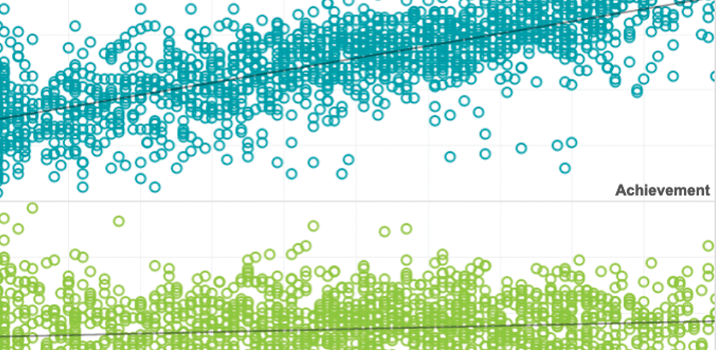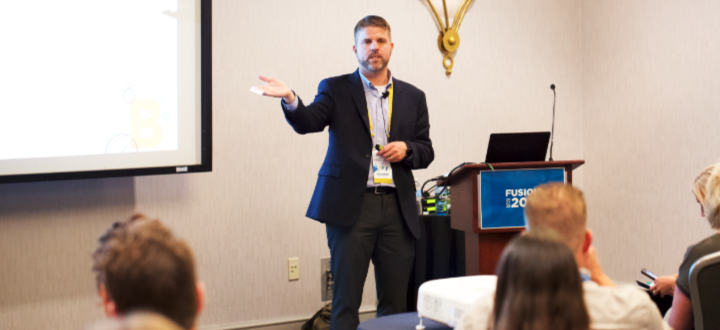School & test engagement
Educators need accurate assessment data to help students learn. But when students rapid-guess or otherwise disengage on tests the validity of scores can be affected. Our research examines the causes of test disengagement, how it relates to students’ overall academic engagement, and its impacts on individual test scores. We look at its effects on aggregated metrics used for school and teacher evaluations, achievement gap studies, and more. This research also explores better ways to measure and improve engagement and to help ensure that test scores more accurately reflect what students know and can do.


This dissertation for the University of Oregon examined the relationship between varying degrees of technology-enhancements applied in a mathematics performance task on the outcome of student cognitive engagement.
By: Meg Guerreiro
Topics: School & test engagement, Math & STEM


Design Challenge winner: Student assessment engagement
In this CASEL Measuring SEL blog, James Soland shares how work with Santa Ana Unified School District led to new insights on how item response times and test metadata may provide insight into student SEL.
By: James Soland
Topics: School & test engagement, Innovations in reporting & assessment, Social-emotional learning


When computer-based tests are used, disengagement can be detected through occurrences of rapid-guessing behavior. This empirical study investigated the impact of a new effort monitoring feature that can detect rapid guessing, as it occurs, and notify proctors that a test taker has become disengaged.
By: Steven Wise, Megan Kuhfeld, James Soland
Topics: Measurement & scaling, Innovations in reporting & assessment, School & test engagement


Identifying disengaged survey responses: New evidence using response time metadata
In this study, we condition results from a variety of detection methods used to identify disengaged survey responses on response times. We then show how this conditional approach may be useful in identifying where to set response time thresholds for survey items, as well as in avoiding misclassification when using other detection methods.
By: James Soland, Steven Wise, Lingyun Gao


This paper briefly discusses the trade-offs involved in making such a transition, and then focuses on a relatively unexplored benefit of computer-based tests – the control of construct-irrelevant factors that can threaten test score validity.
By: Steven Wise
Topics: Measurement & scaling, Innovations in reporting & assessment, School & test engagement


Are test and academic disengagement related? Implications for measurement and practice
In this study, we examine whether behaviors indicative of academic disengagement like chronic absenteeism and course failures are related to behaviors indicative of test disengagement like rapidly guessing on items.
By: Emily Wolk, Sharon Bi, Tran Keys
Topics: High school, School & test engagement, Social-emotional learning


Achievement gaps are a metric of fundamental importance to U.S. practice and policy. Gap estimates are often used to measure the effectiveness and fairness of the education system at a given point in time, over the course of decades, and as children progress through school.
By: James Soland
Topics: Equity, School & test engagement, Student growth & accountability policies


